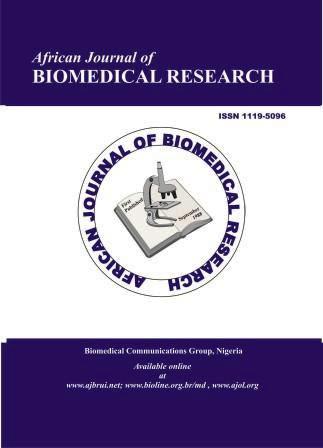Fragmented Identities in Postwar Japan: Examining the Temple of The Golden Pavilion and No Longer Human
DOI:
https://doi.org/10.53555/AJBR.v26i3.7229Keywords:
negotiation, identity, social expectations, alienation, strugglesAbstract
This paper explores the negotiation of identity in postwar Japan by analysing Yukio Mishima’s The Temple of the Golden Pavilion and Osamu Dazai’s No Longer Human. The end of World War II and the American occupation triggered a crisis of identity, compelling the Japanese to navigate tensions between tradition and modernity, collectivism and individualism. Drawing on cultural theories of selfhood, including Takeo Doi’s concepts of tatemae (public façade) and honne (true feelings), this paper examines how Mizoguchi and Yozo embody fragmented identities struggling against social expectations. Mizoguchi’s obsession with beauty and destruction reflects anxieties over Japan’s loss of cultural purity, while Yozo’s masked existence exposes the alienation resulting from failed integration into society. By situating these narratives within broader philosophical and psychological frameworks, this paper argues that both characters exemplify the disintegration of self in a rapidly transforming Japan. Their struggles highlight the broader existential crisis of a nation redefining itself after defeat, ultimately revealing the precarious balance between autonomy and conformity in postwar Japanese literature.
Downloads
Published
Issue
Section
License
Copyright (c) 2023 P.C. Lalrinmuani, Dr. Sarangadhar Baral (Author)

This work is licensed under a Creative Commons Attribution 4.0 International License.









